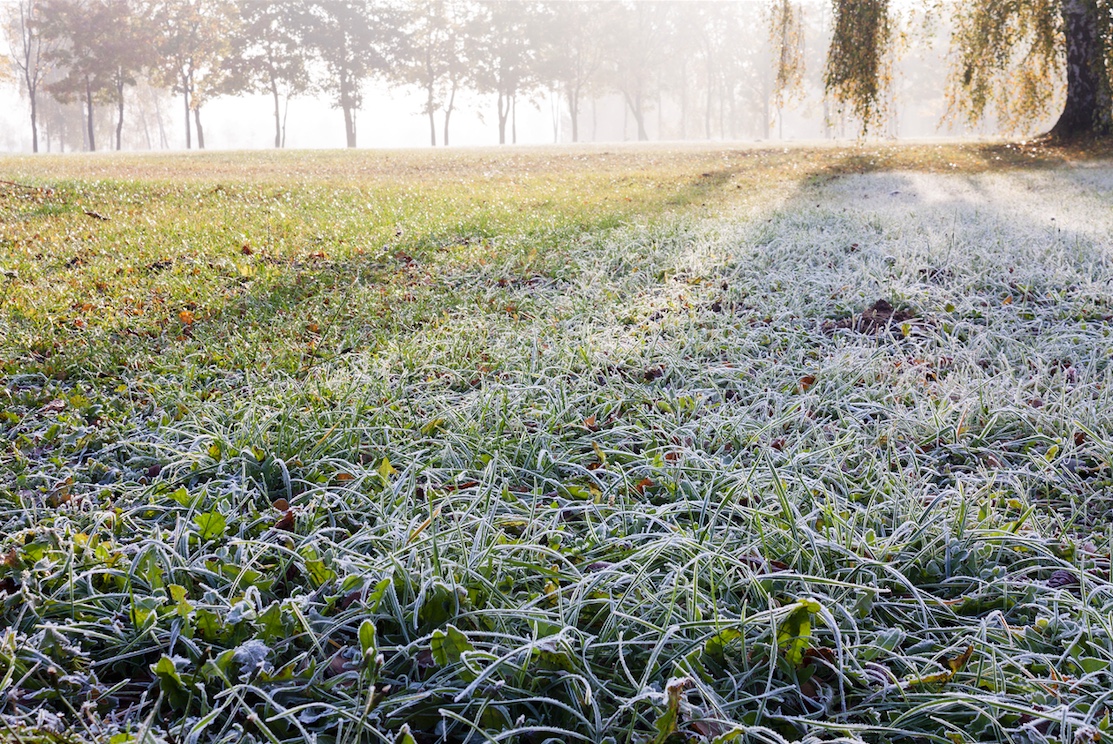5 Helpful Tips for Winter Lawn Care
 In winter, your lawn either lays covered in snow, or is at least in a dormant stage. You think little of it, because there’s nothing much you can do, is there? Actually, you can do a lot for your lawn. In reality, your yard needs some attention that results in a spring green yard that will make you proud. And some of the maintenance procedures might surprise you.
In winter, your lawn either lays covered in snow, or is at least in a dormant stage. You think little of it, because there’s nothing much you can do, is there? Actually, you can do a lot for your lawn. In reality, your yard needs some attention that results in a spring green yard that will make you proud. And some of the maintenance procedures might surprise you.
Fall Preparation
Your yard will probably need to prep your yard before that first freeze. Aerate, fertilize and give it one last short mow. Then do a final cleaning, making sure you pick up dead and wet leaves that can harbor mold. Also pick up any other debris such as child’s toys, tools, and anything else that detracts from your yard.
Check pH Levels
Proper pH levels are critical for a healthy lawn. You should test your soil pH every three or four years. Tests and electronic meters can be found at nurseries and garden centers for about $12. A professional can run a more accurate test, you can probably handle this yourself.
If you soil has a pH below 6.5, your soil is acid and needs a lime application to raise it. However, if it’s above 7.0, the soil is too alkaline and will need soil sulfur. Lawns with pH in the 6.5-7.0 range create a friendly environment for beneficial microorganisms that release essential nutrients that encourage growth and break down organic matter.
“While not essential, aeration is recommended, as it allows the limestone and sulfur to create a better and more immediate connection with the soil,” said Beauty Lawn Spray.
While this can be tedious work, these steps, along with maintaining an appropriate mowing and watering schedule will result in you enjoying a lush and green lawn.
Winter Fertilization
Few understand the importance of winter fertilizing. However, it might be the most important step in setting up for a great lawn.
Dormant seasonal grasses, which makes up most lawns, actually thrive on fertilizing before the first freeze. The grasses have been living off nutrients from a long growing season. The nutrients lost should be replaced. Winter is an ideal time to reinvigorate the depleted soil. For the next several weeks, the fertilizer will feed the grasses.
Note: Some states have banned phosphorous-based fertilizers. If that is your situation, go with nitrogen-based fertilizers, which encourage growth of roots and shoots.
Maintain A Clean Yard
When you aren’t entertaining or spending lazy summer afternoons enjoying your yard, it’s easy to let the regular lawn maintenance go lax. Useful summer items such as lawn furniture and landscaping can deteriorate in a harsh winter. Do periodic checks of your yard and clear it of debris such as fallen tree branches and keep the gutters clean.
A large object that falls on your grass can create dead spots in your lawn. That will result in a patch that will produce weaker grass.
Avoid Excessive Lawn Traffic
For some reason, many people see no problem walking on dead grass. While grass is fairly resilient, it doesn’t respond well to trampling. If you wear a path on the grass, it might not recover. To help prevent that, keep the sidewalks clear of ice and snow. This will discourage folks from using dead grass as a safer alternative. On a larger scale, don’t allow anyone to park a car on your grass. Even if left for just a short time, this will almost certainly do serious and maybe permanent damage to your grass and encourage weeds to take over. However, if you do have this damage, it can be fixed with reseeding or a sod patch.
It’s easy to dismiss winter yard maintenance. But just a bit of investment of time and money for some cleaning and grass care can result in some marvelous results with a beautiful lawn that will amaze your family, neighbors and most importantly, you.

















